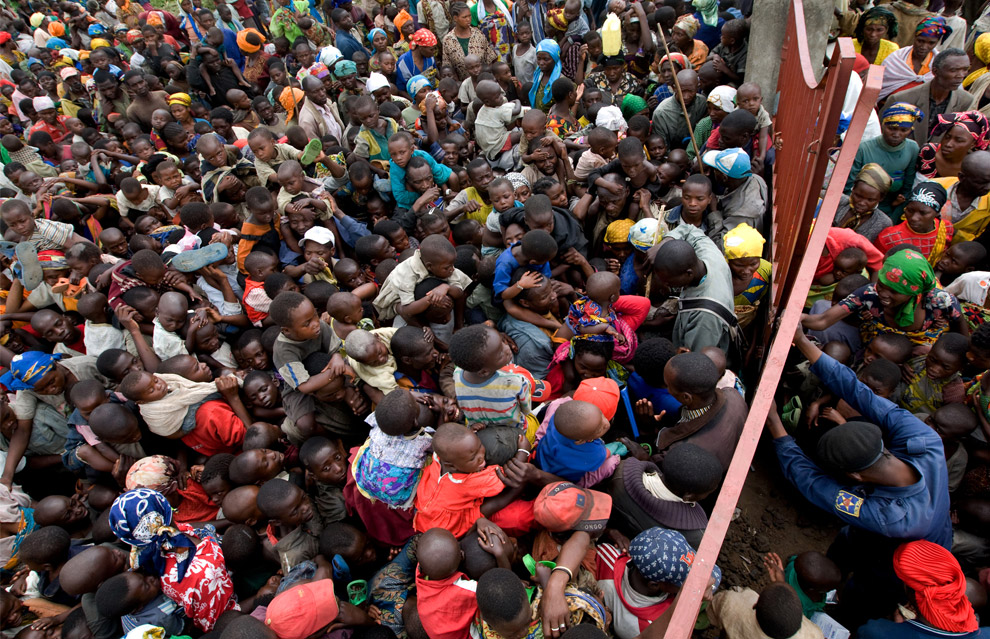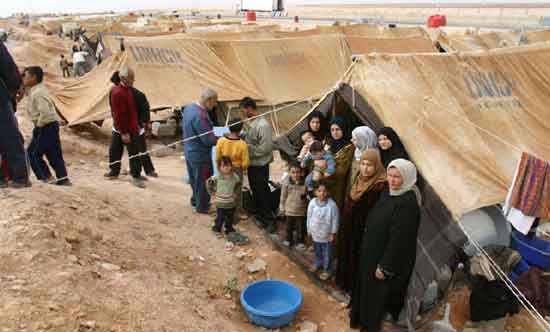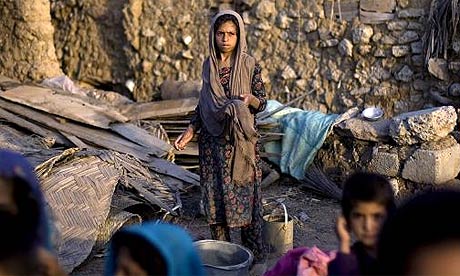People who are displaced from their home countries into other nations due to various reasons, including political reasons, religion in which they belong to, their race or tribe, are known as refugees. The number of refugees in the world is increasing, a factor which lead to the formation of international agencies and organizations to coordinate refugee defense and protection. Such groups involved with these efforts are the United Nations High Commissioner for Refugees (UNHCR), the United Nations Relief and Works Agency (UNRWA), and the US Committee for Refugees and Immigrants. After the Second World War when large numbers of people were fleeing the Eastern Europe, refugees were selected as legal groups of people. People seek refuge since they have been violated in their home countries and they are terrorized with the idea of returning where they had come from. Meaning, they would rather have a different life in a different land.
In 2009, the United Nations Refugee Agencies reported that the top ten producing countries have poor human rights policies or there is still an ongoing war that compromises the living standards of individuals and families. The report also shows that majority of refugees seek shelter to the neighboring nations. It’s the work of the international agencies and organizations to look after the welfare of the refugees and not the country which offer refuge to the victims. The following are the top ten refugees producing countries:
10. Serbia

Photo Source: http://dalje.com/en-world/gotovina–serb-refugees-should-return-croatia-is-their-country-too/451056
The war in Serbia started early 1990s and it has continued since until the present time, although the most recent statistics reflect 2009. The crisis began due to the breakup of Yugoslavia. From the statistics collected by the International Organization, the number of refugees produced by Serbia in 2009 was 190,000. Members of local minority communities fled to the neighboring countries with fear of reprisals from the majority.
9. Eritrea

Photo Source: http://www.unmultimedia.org/radio/english/2013/06/4000-eritreans-fleeing-human-rights-violations-every-month/
The citizens of Eritrea fled their country due to the national military rule, which had imposed the government in that nation. The reports given by the Human Rights Organization showed that any attempts by any individual to flee the country had serious consequences of torture and even imprisonment. But due to harsh conditions and violation of human rights, still, 209,000 immigrants manage to escape. Most of the individuals who flee went to their neighbor country Ethiopia.
8. Vietnam

Photo Source: http://www.unhcr.org/43141e9d4.html
Increasing number of Vietnamese who flee their country seek asylum in China. In 2009, the government was the main reason why most people flee the struggling nation. Religious freedom was overthrown by the government. Hence, the Christians in that country had to go for exile. In 2009, there were 330,000 refugees from Vietnam.
7. Sudan

Photo Source: http://www.unmultimedia.org/radio/english/2012/11/former-refugees-help-refugees-in-south-sudan-2/
Conflict started escalating in 2009, which had been reducing over the previous years. The clash between southern Sudan and Sudan led to the increasing number of refugees who seek shelter in neighboring countries, especially Kenya. The report given by the UNHCR show that people who were forced to escape their homes was about 368,000 individuals. Some of the refugees fled to the Republic of Chad and Egypt where they are avoiding the lack basic rights, living on the verge of starvation and threat of harassment.
6. Colombia

Photo Source: http://www.flickr.com/photos/unhcr/2467307802/
According to UNHCR, statistics show that the rate of people who flee from Colombia is at a high rate of about 380,000 per year. A 40-year conflict has really affected the stability of the country which has led to enormous numbers of individuals driven out their houses and went to exile. The internal conflict was between paramilitaries and guerilla groups seeking victory on against the other.
5. Myanmar

Photo Source: http://www.nytimes.com/2009/08/29/world/asia/29myanmar.html?_r=0
It’s a country which was formerly known as Burma, and it is a South East Asian country. For many years, it has been under military rule in different forms. Internal conflict caused by the military in Myanmar, which also lead to violation of human rights, contributed highly for the 400,000 people to be displaced from their homes.
4. Democratic Republic of Congo

Photo Source: http://www.boston.com/bigpicture/2008/11/conflict_in_congo_refugees_on.html
Majority of the refugees from DRC are hosted in Uganda and some of them in Sudan Tanzania, and Rwanda. In 2009, the number of Congolese refugees was 455,000, putting the Democratic Republic of Congo in the fourth place as a refugee producing country. More than 2.4million Congolese were also internally displaced becoming IDPs. For the living conditions to improve significantly, insecurity and violence must be addressed.
3. Somalia

Photo Source: http://www.fogaanarag.com/archives/15280
More than 678,000 Somali refugees continued to seek refuge in Kenya by 2009. The civil warfare and social instability prompt the fight which lead to a lot of people leave their homes and go to nearby countries. The catastrophe was worsened by harsh weather conditions and high levels of poverty in most of the areas in the country. In 2009, Somalia was the third largest nation producing refugees in the world.
2. Iraq

Photo Source: http://thegreenlineblog.wordpress.com/2008/08/05/icg-report-and-recommendations-on-iraqi-refugees/
In 2009, Iraq was the second country which produced the highest number of refugees. Over 1.8 million asylum seekers from Iraq were recorded. They sought for refuge in neighboring countries, which included Syria, Palestine, and other close nations. Due to the unrest in Syria, Iraqi refugees are opting to return to their home country, despite the fact that their living conditions can be compromised. Humanitarian concerns are elements tailored to improve access of basic services for victims of war and social discord.
1. Afghanistan

Photo Source: http://www.guardian.co.uk/world/2008/oct/26/pakistan-afghanistan
By the year 2009, Afghanistan had produced the top most number of refugees in the world. Statistics from UNHCR shows that out of four refugees in the world, one is from Afghanistan and 96% of them seek refuge in the Islamic Republic of Iran and in Pakistan. Human rights were highly violated and the war which leads to the number of refugees raise up to 2.9 million Afghans, the highest number of expatriates ever recorded by 2009. Repatriation programs for Afghan refugees may have begun, but due to the worsening security, being the biggest challenge faced by the country that hinders repatriation, their efforts are being delayed for the sake of exiled people.
It is good for everyone to recognize and appreciate the helpful work being done by the international agencies and organizations for refugees. In 2009, millions of people were displaced from their homes and forced to seek refuge in other countries. Political instability is the major drive to the increasing number of refugees. It is therefore essential that when you come across immigrants in your country treat them with respect, understanding, and consideration to their situation.
